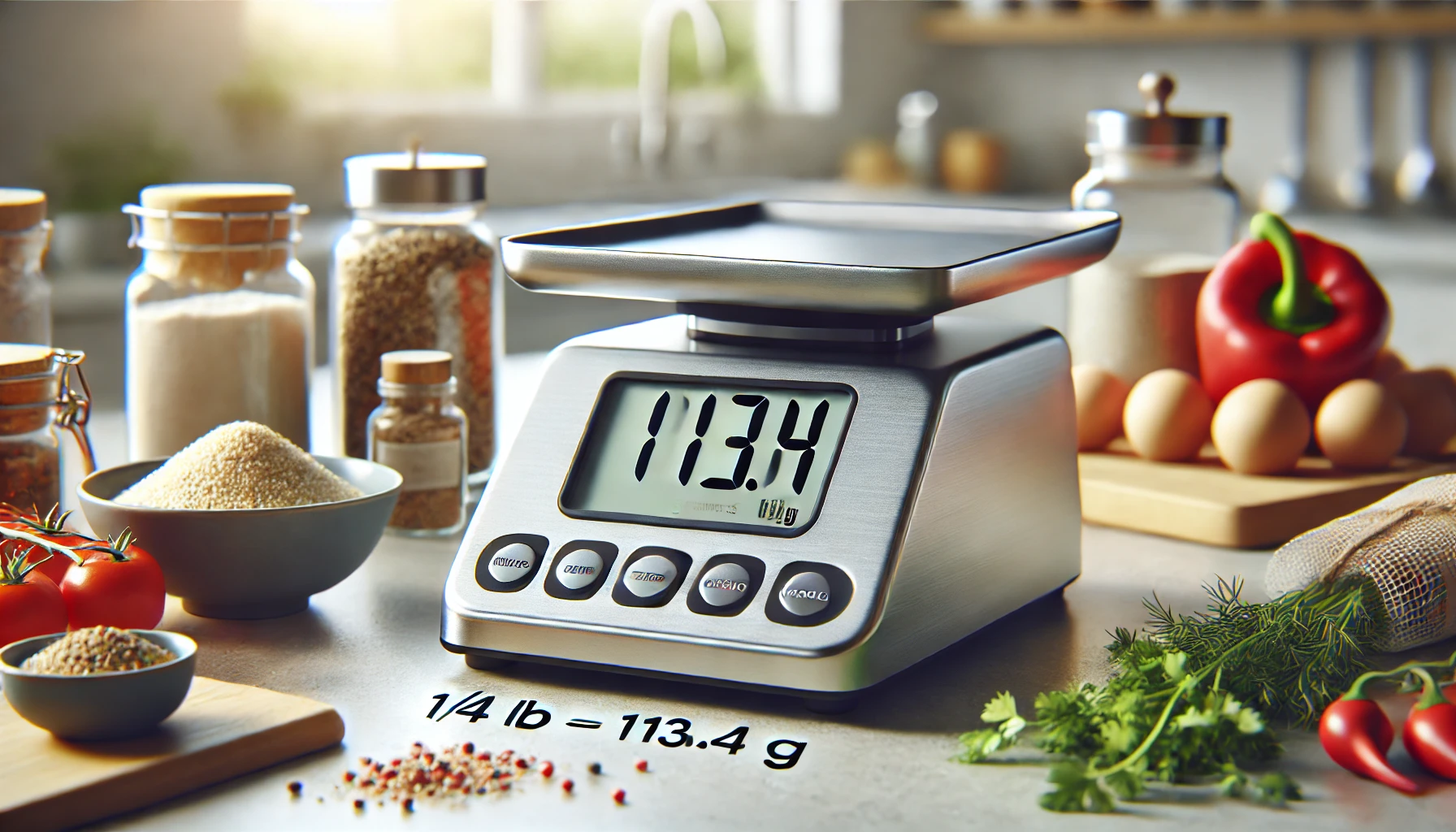Have you ever stared at a recipe or food label and wondered, “How many grams are in a quarter pound?” It’s a common question, especially when dealing with international measurements. Spoiler alert: the quick answer is 113.4 grams. But let’s dive deeper into what this means, how it’s calculated, and why it’s useful.
What Is a Pound?
The pound, abbreviated as “lb,” is a unit of weight commonly used in the United States and other countries that follow the imperial system. Its origins date back to Roman times, derived from the word “libra,” which means scales or balance. One pound is standardized to equal 16 ounces.
Also Read: How to Play Red Door Yellow Door: A Step-by-Step Guide
What Is a Gram?
In contrast, the gram is a metric unit of weight used worldwide. It’s part of the International System of Units (SI), making it a universal standard for measurement. One gram is the weight of one cubic centimeter of water at its maximum density. In practical terms, grams are much smaller than pounds, which is why conversions are so helpful.
Converting Pounds to Grams
The Conversion Formula
To convert pounds to grams, you use the formula:
1 pound = 453.592 grams.
Exact Grams in a Quarter Pound
Since a quarter pound is one-fourth of a pound, divide the total grams in a pound by four:
453.592 ÷ 4 = 113.398 grams.
Rounding off, a quarter pound equals 113.4 grams.
Everyday Items That Weigh a Quarter Pound
To put 113.4 grams into perspective, here are some everyday examples:
- A stick of butter (typically 4 ounces or 113 grams)
- A quarter-pound burger patty
- A small block of cheese
How This Conversion Applies in Cooking
Cooking is one of the most common scenarios where you’ll need to know this conversion. Many recipes, especially international ones, mix measurements between pounds and grams. For example:
- A recipe might call for “a quarter pound of flour,” which translates to 113.4 grams.
- When baking, precision matters, and knowing the exact conversion ensures consistency.
Why You Should Know This Conversion
International Contexts
Whether you’re traveling, following recipes, or purchasing goods online, knowing how to convert pounds to grams can make your life easier.
Importance in Baking and Science
Precision in weight measurement is crucial in scientific experiments and baking, where even a small error can affect the outcome.
Also Read: How to Play Red Door Yellow Door: A Step-by-Step Guide
Tools to Help You Convert
Online Converters
Numerous websites allow you to input values and get instant conversions.
Smartphone Apps
Apps like Unit Converter or Google Lens can make conversions on the go effortless.
Manual Calculations
Understanding the formula empowers you to calculate without relying on devices.
Fun Facts About Weight and Measurements
- The phrase “a quarter pounder” from fast food actually refers to the raw weight of the patty before cooking.
- The metric system, established in 1799, was designed to simplify and unify measurements globally.
- In the UK, the term “stone” (equal to 14 pounds) is still used for body weight.
Conclusion
Understanding how many grams are in a quarter pound is more than just trivia; it’s a practical skill that enhances your cooking, shopping, and overall understanding of weight measurements. So the next time you’re faced with a recipe or label, you’ll know exactly what to do—113.4 grams, to be precise.
Also Read: How to Play Red Door Yellow Door: A Step-by-Step Guide
FAQs
- How accurate is this conversion?
The standard conversion is exact: a quarter pound equals 113.398 grams, often rounded to 113.4 grams. - Can I approximate a quarter pound in grams?
Yes! You can round to 113 grams for most purposes without any noticeable difference. - Why do recipes often mix grams and pounds?
Different countries use different measurement systems, so recipes cater to both metric and imperial users. - Is a quarter pound always 113.4 grams?
In most cases, yes, unless you’re using specialty or regional measurement variations. - Are there differences between US and UK measurements?
While the pound is consistent, differences arise with ounces and related units in recipes or historical contexts.




